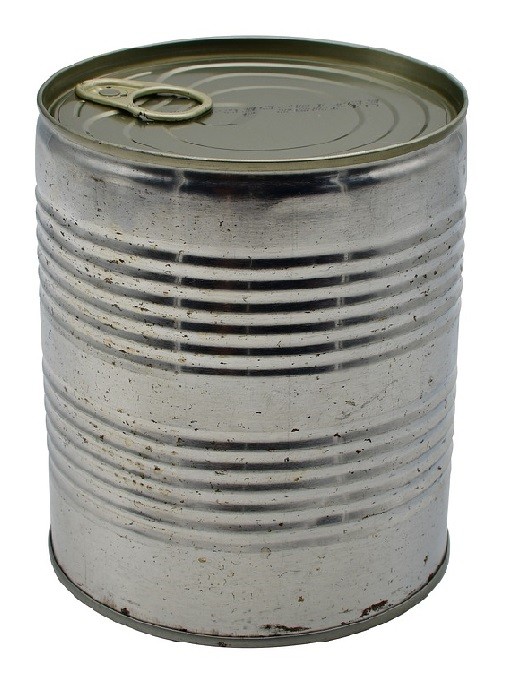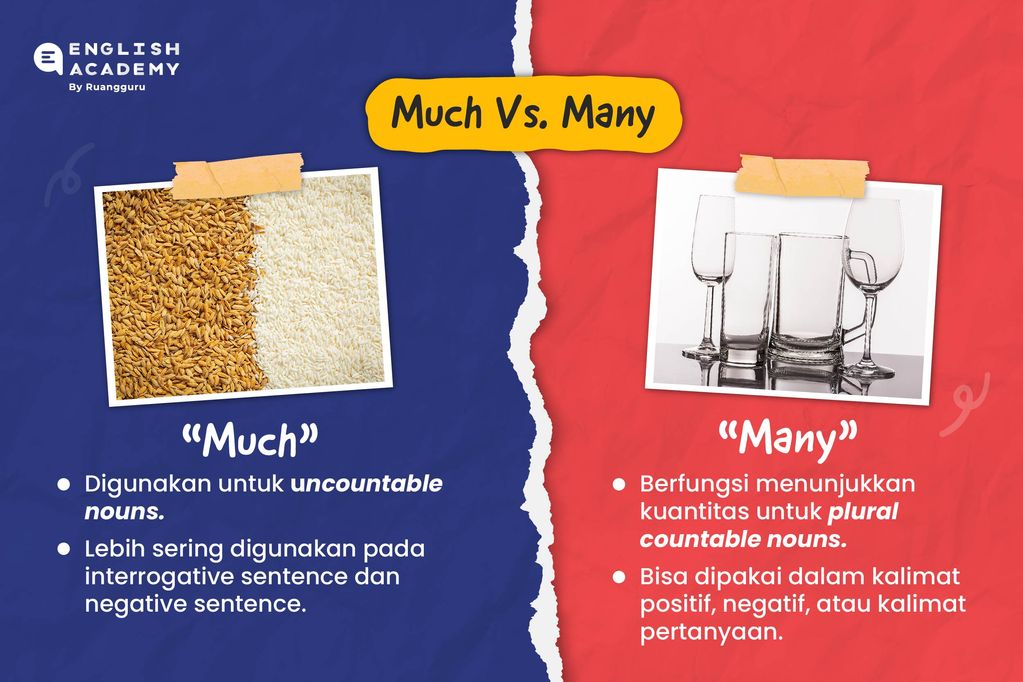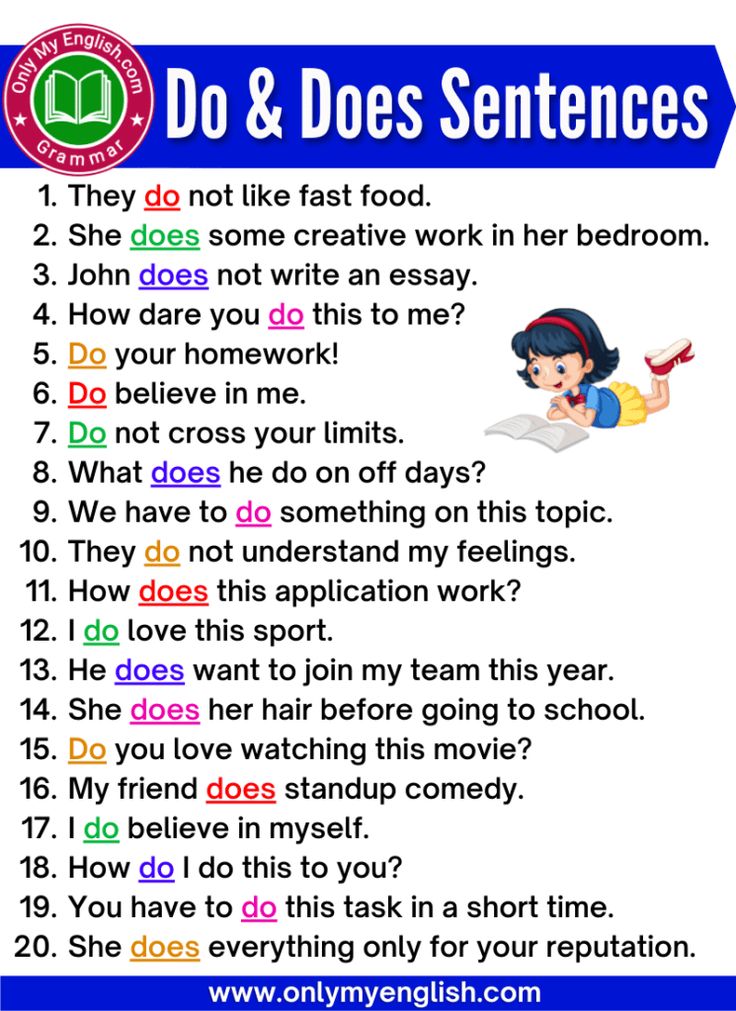How Long Can a Rat Survive Without Food? Understanding Rat Resilience and Prevention Strategies
Introduction: The Resilience of Rats in Food Scarcity
Rats are renowned for their adaptability and resilience, especially in situations where food is scarce. Understanding how long a rat can live without food is crucial for effective pest management and prevention strategies. This article explores the science behind rat survival during food deprivation, the key factors that affect their endurance, and actionable steps to safeguard your property from infestations.
How Long Can Rats Live Without Food?
Extensive research and pest management observations indicate that rats can typically survive between one and two weeks without food if they have access to water [1] . In controlled laboratory conditions, some rats have managed up to two weeks without eating, provided a stable source of water is available. However, in the wild, where environmental stresses and threats are present, survival without food usually lasts about a week [2] . This duration can vary based on species, individual health, age, and environmental factors.
Key Factors Affecting Rat Survival Without Food
Several biological and environmental factors influence how long a rat can live without food:
- Water Availability: Water is more critical than food for rat survival. Rats obtain some moisture from their food, but in its absence, they require direct water sources. Deprivation of water drastically shortens their survival time [3] .
- Fat Reserves: Rats with greater fat stores or that have hoarded food can endure longer periods of scarcity [1] .
- Age and Health: Younger rats and those in poor health succumb more quickly, while healthy adults endure deprivation longer [1] .
- Reproductive Status: Pregnant or lactating female rats have higher nutritional needs and thus survive for shorter periods without food [1] .
- Environmental Conditions: Stable temperatures and protected environments (like those in labs) can extend survival compared to the hazards and temperature fluctuations of the wild [1] .
Rat Behavior and Adaptations in Food Scarcity
Rats possess several survival strategies that help them endure when food is unavailable:
- Food Hoarding: Rats are instinctive hoarders, often storing food in hidden caches. This behavior allows them to tap into reserves during shortages [2] .
- Reduced Activity: When deprived of food, rats decrease their movements to conserve energy, extending their survival window [1] .
- Metabolic Adjustments: Rats can slow their metabolism, relying on stored fat and minimizing energy expenditure.
For example, urban rats living in basements or crawl spaces may survive longer due to access to hidden water sources and leftover crumbs, while wild rats face greater risks from predators and weather.
Why Starving Rats Out Rarely Works
Though it might seem feasible to starve out a rat infestation, this approach is rarely effective in practice. Even in well-maintained homes, rats can survive on tiny food scraps, pet food, or even non-food materials. Complete elimination of all food sources is nearly impossible unless the property is vacated and thoroughly cleaned [4] .

Source: firstcry.com
Moreover, rats can travel considerable distances in search of food, so removing immediate sources does not guarantee their departure. Over time, food scarcity may reduce populations, but it is an unreliable and slow process. Professional pest control is generally recommended for persistent or severe infestations.
Comprehensive Guidance for Rat Prevention and Control
To effectively prevent or manage rats, consider the following step-by-step strategies:

Source: pinterest.co.kr
- Seal Entry Points: Inspect your property for gaps, cracks, and openings larger than 1/4 inch. Use steel wool, metal flashing, or rodent-proof materials to block potential entry points. Pay special attention to areas around pipes, vents, and foundations.
- Remove Food Sources: Store food in airtight containers, promptly clean crumbs or spills, and avoid leaving pet food out overnight. Regularly empty garbage bins and compost containers.
- Eliminate Water Sources: Fix leaky pipes, dripping faucets, and standing water in basements or crawl spaces. Rats are less likely to remain where water is scarce [3] .
- Declutter Indoors and Outdoors: Reduce clutter, especially near walls and dark corners, as rats use these areas for nesting and hiding.
- Maintain Outdoor Areas: Trim vegetation, keep firewood and debris away from walls, and remove fallen fruits or seeds.
- Monitor Regularly: Set up baited traps or non-toxic monitoring blocks to detect early signs of rat activity.
- Consult Professionals: If you suspect an established infestation, contact a licensed pest control service. Many reputable companies offer inspections and tailored eradication plans. For example, Native Pest Management and On Demand Pest Control provide expert guidance and solutions-contact them directly through their official websites or phone lines [1] , [2] .
For those in the U.S., you can find certified pest control professionals by searching through the National Pest Management Association or by contacting your local health department for recommendations.
Challenges and Alternative Approaches
Even with meticulous prevention, rats may persist due to their adaptability and resourcefulness. Some alternative or supplementary strategies include:
- Ultrasonic Repellents: Mixed results have been reported, and they should not replace exclusion and sanitation measures.
- Natural Deterrents: Some people use peppermint oil or other strong scents, but scientific evidence for their effectiveness is limited.
- Integrated Pest Management (IPM): Combining multiple prevention, monitoring, and control tactics yields the best results. Regularly reassess and adapt your approach based on new evidence or changes in rat activity.
It’s important to remain vigilant, as rats can exploit new vulnerabilities quickly.
Key Takeaways and Next Steps
Rats are highly adaptable creatures capable of surviving up to two weeks without food if water is available, though most wild rats endure about a week at most. Various factors-including age, health, and environmental conditions-affect their resilience. Since starving rats out is rarely effective, the best defense involves comprehensive exclusion, sanitation, and timely intervention by pest control professionals.
If you need assistance, consider searching online for certified pest control experts in your region or contact your local government’s health or housing department for official guidance.
References
MORE FROM gowithdeal.com













